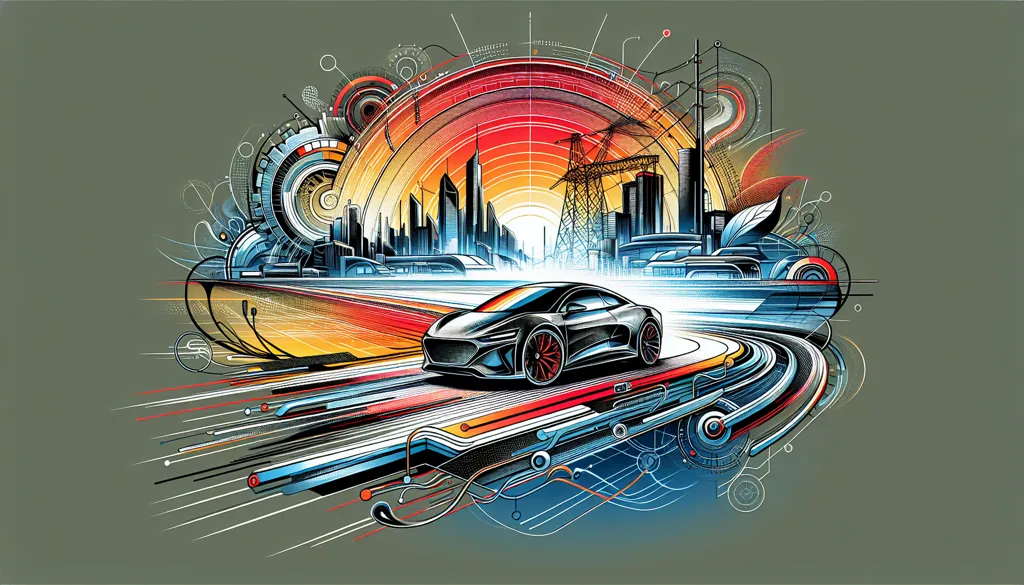Understanding the Complexities of Modern Navigation and Vehicle Control Systems
As a 40-year-old mother living in Kansas, with a keen interest in how technology shapes our daily lives, I've been following the evolution of vehicle navigation and control systems. Today, these systems are no longer just about getting from point A to point B. They encompass advanced software capabilities that provide real-time updates, smart decision-making, and insights into vehicle performance. This leap from traditional 2D mapping to hyper-realistic 3D models, including vertical positioning or the Z-axis, is transforming mobility as we know it.
The Significance of the Z-Axis in Modern Vehicle Technology
When we think about maps, we usually picture them as flat, two-dimensional representations. However, experts now emphasize the importance of the Z-axis, which adds a vertical dimension that can be crucial for navigation, especially in hilly or urban areas with complex infrastructures. This third dimension helps vehicles understand elevation changes, which enhances safety and precision in navigation. Software-defined vehicles (SDVs) are increasingly leveraging 3D mapping and Z-axis data to integrate with advanced systems like ADAS (Advanced Driver Assistance Systems), paving the way for safer and more reliable transportation solutions.
The Challenges and Opportunities of 3D Mapping in India
India presents a unique case in the world of 3D mapping due to its geographical diversity and rapid urbanization. With dense cities and remote rural areas, maintaining real-time, accurate maps is a significant challenge. Yet, the integration of technologies like NavIC (Navigation with Indian Constellation) aims to improve positional accuracy and real-time navigation. Although global standards are currently set by systems like the US-based GPS, NavIC offers advantages in areas with poor satellite visibility, which is promising for India's diverse terrain.
Innovations in Vehicle Suspension Systems
Another fascinating development in vehicle technology is the integration of digital twin (DT) technology with neural networks (NNs) to enhance automotive suspension systems. These systems are designed to improve ride comfort and handling by adapting to road conditions in real-time. The use of NNs allows for predictive maintenance, reducing wear and extending the lifespan of suspension components. This innovation highlights how technology can lead to more robust and adaptive systems capable of maintaining optimal performance even under challenging conditions.
Real-World Applications and Testing
Testing these advanced systems in real-world conditions is crucial to validate their effectiveness. For instance, testing a vehicle equipped with DT-driven sensors on various road surfaces provides insights into how well these systems adapt to changes. This empirical data is vital for understanding the practical utility of integrating DT and NN technologies in enhancing vehicle performance, especially in terms of ride comfort and handling.
Conclusion
As technology continues to evolve, the integration of 3D mapping, advanced navigation systems, and adaptive vehicle controls illustrates a significant shift in how we approach mobility. These innovations promise not only improved safety and efficiency but also a more comfortable and reliable driving experience. From the perspective of a moderate Midwestern mother, it's exciting to see how these advancements could make our daily commutes safer and more enjoyable while also reducing environmental impacts through smarter, more efficient vehicle designs.

